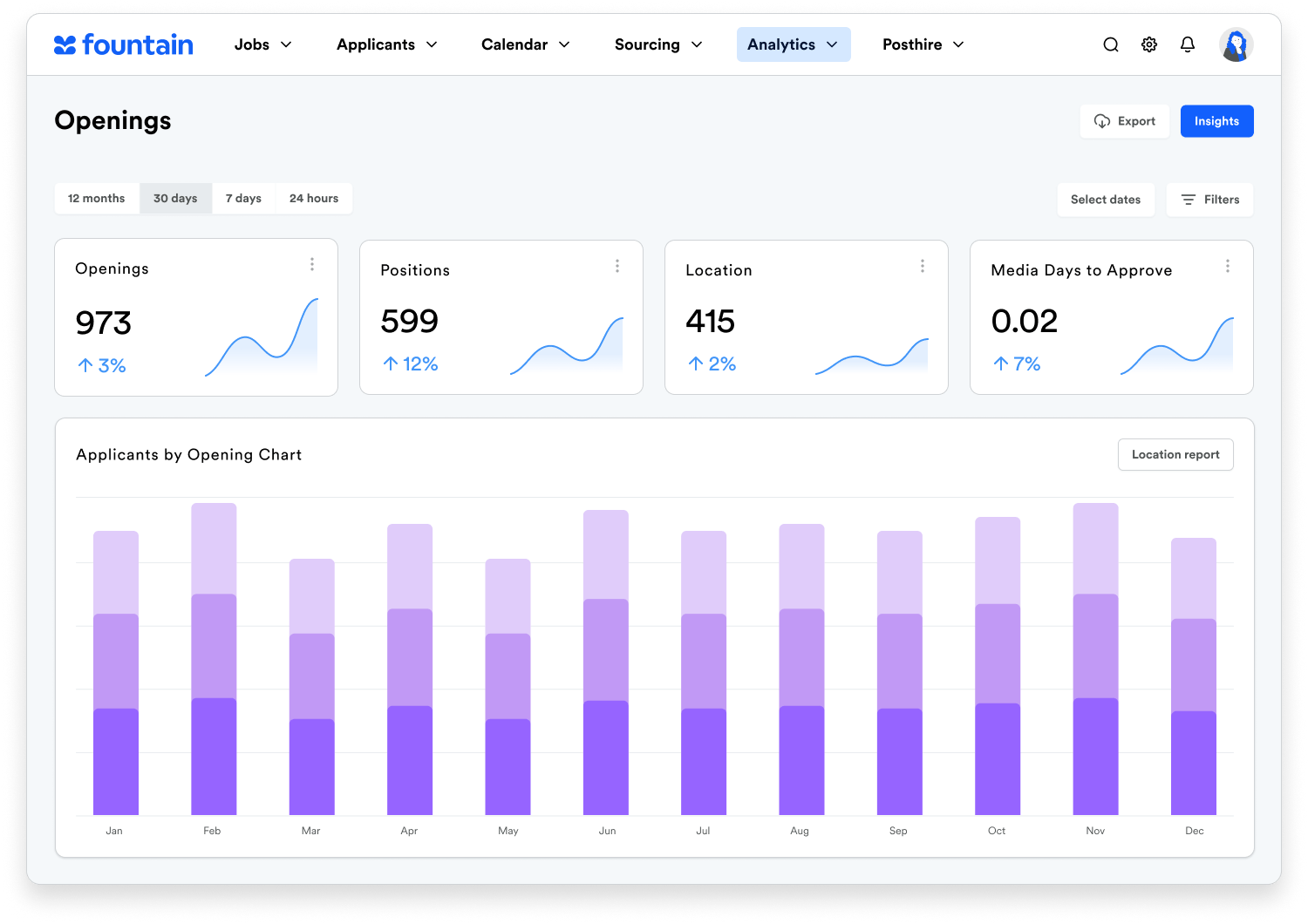The auto industry is undergoing massive changes as technology takes over and the roles of humans become overshadowed by machines. This digital transformation to robots and artificial intelligence helps automakers stay ahead of the competition. But as we glide through the Fourth Industrial Revolution and see an increase in robotic presence on the factory floor, auto workers needn’t worry about freshening up their resumes quite yet—there are still plenty of opportunities to grow within the industry by learning new skills and fine-tuning old ones.
Below we explore a few ways leaders in the automotive space can refine workers’ career paths and stay competitive in an increasingly tech-focused sector.
Start with a Status Update
First, take stock of your processes and personnel, and ask yourself: Where do gaps exist?
Consult exit interviews of previous employees to figure out why they chose to leave and whether any of these decisions had to do with a lack of investment from upper management in career growth and development.
Then, start assessing which existing workers might be good candidates for growth opportunities, particularly to fill in where low-tech processes might be lagging behind and need an update.
With a solid list of existing gaps and workers who can possibly fill these gaps, you can start drafting a worker development plan that can be replicated across departments.
Create Transparency with Workers
A recent Gallup poll revealed 59% of Millennial workers find professional or career growth and development to be a highly important part of their jobs, compared with 44% of Gen Xers and 41% of baby boomers. To cater to the younger population of workers, employers can highlight “opportunities for growth and advancement” in job descriptions when recruiting for hourly positions.
Once hired, managers should take the time to educate new workers about their possible career paths within the company. This may include explaining the trajectory of the business, identifying what skills will be needed as part of this growth, reviewing each worker’s individual objectives, and aligning all three of these to see where the worker can excel.
Outlining these objectives early can help workers feel a sense of purpose and feel supported, which also may lead to increased productivity.
Training: Reskilling and Upskilling
Putting on-the-job training into practice requires considerable planning and preparation.
Once you’ve identified gaps and analyzed the skills of your existing employees, create a theoretical timeline with checkpoints for each position, and make this information visible to workers so they can see what they’ll need to do in order to move up the ladder.
For example, communicate the typical path workers may need to take to be eligible for a promotion, such as after having worked for a certain number of months or years on the job, in addition to completing a training course or a predetermined period of hands-on training.
Remember, each new skill-set might have a different roadmap to mastery and may require periodic fine-tuning. By implementing upskilling and reskilling opportunities for workers, you’ll ensure your teams are always up to date.
Think Beyond Tangible Skills
Jobs in the auto industry have changed, but the people aspect of the job hasn’t. A mutually beneficial relationship like a mentorship program allows younger workers to teach older workers about new technologies, while the seasoned workers can impart their wisdom of the industry and the staff dynamics.
Keep an Open Mind
Automotive jobs may not look like they used to, but that doesn’t mean hard-earned skills need to fall by the wayside. There are still plenty of chances to leverage talents in new ways, including positions in sales or operations management. Wherever your auto workers want to go, be the vehicle that can get them there.

 Aug 03 2021
Aug 03 2021
